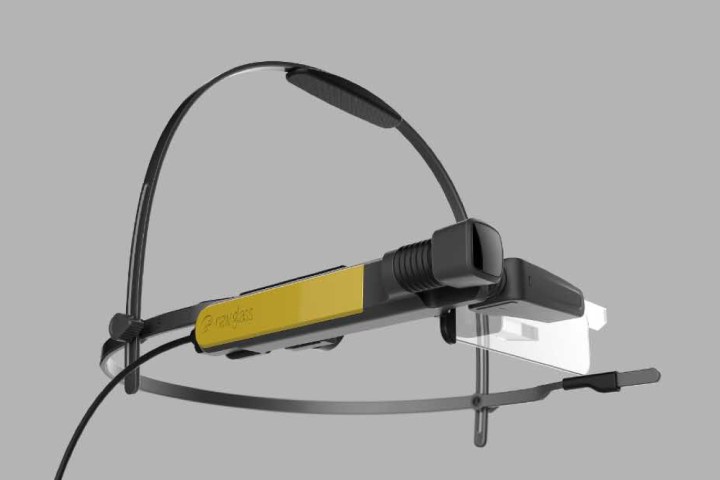
The New Glass C200 looks like a Google Glass prototype, with straps that rest on the top and back of the head. It features a monocular “Glass Unit,” like Google’s model, but the camera that sits next to it is a lot bigger. What makes Lenovo’s device truly unique is that it comes with its own wired Pocket Unit.
The company says the C200 pairs AR with artificial intelligence. The device’s goal is to offer information more quickly for industrial workers, as well as to make it easier to “connect with remote co-workers.” The Glass Unit runs Linux and, due to its capability to identify real-life objects, will display pertinent information for the user — including step-by-step repair instructions.

The Pocket Unit has a wired connection to the headset, and is packed with “more processing power,” as well as an LTE connection. You still need to plug it into your phone and pair the device with the companion New Glass app.
The glasses can recognize about 20 “kinds of objects,” like building schematics in real-life, and the AI technology, named Lenovo NBD Martin, identifies and labels these objects with bounding boxes and annotations in real-time. Users can interact with the headset with voice commands, gestures, and physical buttons.
Lenovo is also releasing a platform called NBD Titan, which lets developers create and edit AR content for the headset. It’s similar to Google’s Glass for Work program that enables developers to create proprietary software for third-party companies.
Lenovo says the device won’t be available until June, when mass production begins, and a price has not been mentioned yet.


